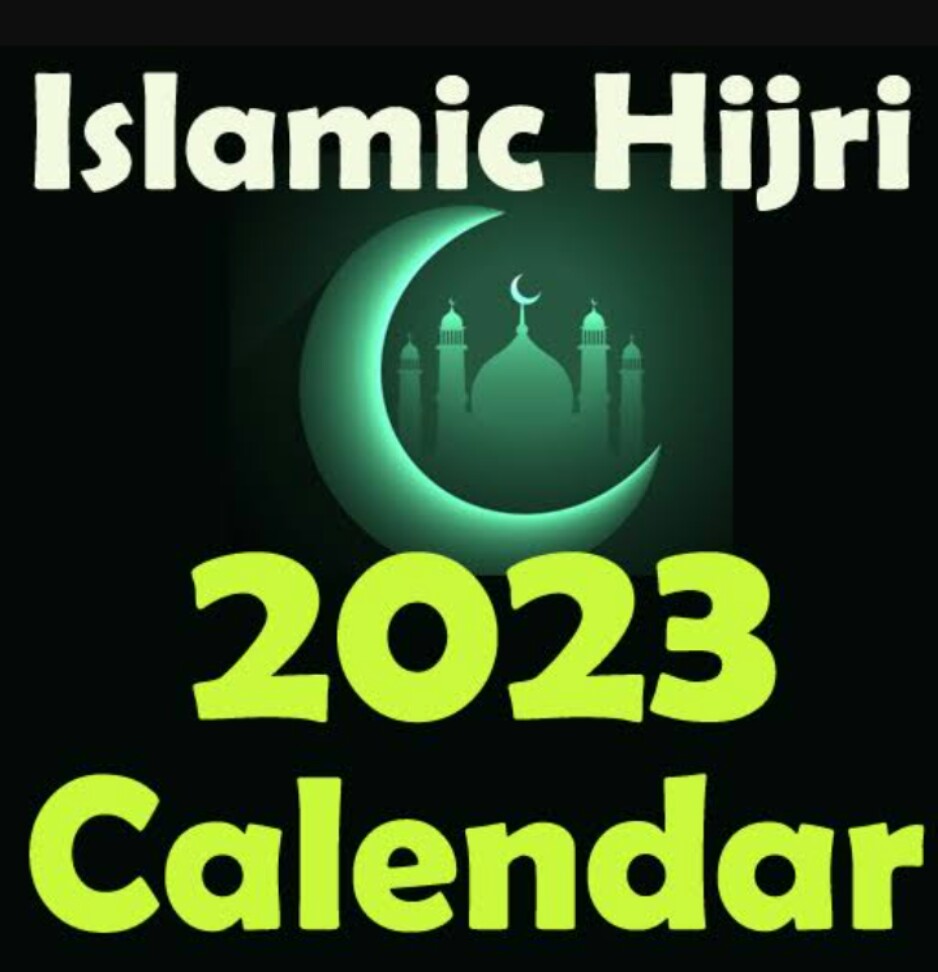By : Ali Farkhan Tsani, Senior Editor of MINA News Agency
Word of Allah Subhanahu Wa Ta’ala:
إِنَّ عِدَّةَ الشُّهُورِ عِنْدَ اللَّهِ اثْنَا عَشَرَ شَهْرًا فِي كِتَابِ اللَّهِ يَوْمَ خَلَقَ السَّمَاوَاتِ وَالْأَرْضَ مِنْهَا أَرْبَعَةٌ حُرُمٌ ۚ ذَٰلِكَ الدِّينُ الْقَيِّمُ ۚ فَلَا تَظْلِمُوا فِيهِنَّ أَنْفُسَكُمْ ۚ وَقَاتِلُوا الْمُشْرِكِينَ كَافَّةً كَمَا يُقَاتِلُونَكُمْ كَافَّةً ۚ وَاعْلَمُوا أَنَّ اللَّهَ مَعَ الْمُتَّقِينَ
Meaning: “Verily the number of months in the sight of (law) of Allah is twelve months (which have been determined) in Allah’s Book when He created the heavens and the earth, of which four months are honored. Such a stipulation is a true religion, so don’t honor the month (by violating His prohibition). And fight all the polytheists as they fight you all. And know that Allah is with those who are pious.” (QS At-Taubah [9]: 36).
Also Read: Imaam Yakhsyallah: Nurture Love for the Prophet, One Will Be with Whom One Loves
Based on that, there are twelve months of sequence in the Islamic or Hijriyah Calendar which should be used by Muslims.
If we look at the history of struggle and Islamic civilization, the calendar of the Hijriyah Calendar begins with Caliph Umar bin Khattab in determining the work agenda of the twelve months of the year.
The background to the use of the Hijriyah Calendar began when Caliph Umar bin Khattab received a letter from one of the regional governors, Abu Musa Al-Asy’ari who sent a letter to the Caliph without a date. Caliph Umar felt there were difficulties when filing letters.
Then Caliph Umar held a deliberation involving the companions of the Prophet who were still alive, to compile a calendar that specifically applies to Islam.
Also Read: Friday Sermon: Emulating the Firmness of the Prophet in Struggle
At that time, Ali bin Abi Talib proposed the beginning of the calendar in Islam starting from the year of the Prophet Muhammad’s hijrah ‘Alaihi Wasallam from Mecca to Medina. This proposal was accepted by the deliberation participants, and Caliph Umar then stipulated the use of the official Muslim calendar on the 8th of Rabi’ul Awal in 17 H.
The history of the Islamic calendar is calculated based on the migration of the Prophet Muhammad Shallallahu ‘Alaihi Wasallam from Mecca to Medina (at that time Yathrib), bearing in mind that this event was a historical milestone in the early development of Islam.
As for the order of the names of the twelve months in the Hijriyah Calendar, which of course we must continue to memorize and recite, include:
Muharram
Also Read: Imaam Yakhsyallah: Muslims Unity as Key to Victory of Islam
In accordance with the meaning: Muharram means forbidden or forbidden, because in this month of Muharram, the Arab nation entirely forbids war and bloodshed this month.
Shafar
Shafar is one syllable with the word Shifr which means empty. In the month of Safar, the Arabs emptied their homes to go to war.
Rabi’ul Awwal
Also Read: Friday Sermon: Prophet Muhammad Is Not a Political Figure
Named Rabi’ul Awwal means the first spring, in the Arabic season at that time.
Rabi’ul Tsani
Named Rabiul Tsani or Rabi’ul Akhir, following the name of the previous month, the second spring which is still ongoing.
Jumadil Awwal
Also Read: Without Knowledge, Congregation Is Merely a Crowd Without Direction
Jumadil Awwal said, from the word “jamid” which means frozen or hard, because this month is summer, until drought, the earth becomes hard or very dry.
Jumadil Tsani
Named Jumadil Tsani or Jumadil Akhir, following the name of the previous month, the second dry season which is still ongoing.
Rajab
Also Read: Friday Sermon: Grateful for Indonesia’s Independence by Supporting Palestine’s Freedom
The month of Rajab is a month that is forbidden for the Arabs to fight. “Rajab” means noble, glorifying oneself and others without being arrogant. Rajab also means removing, namely removing the blade from the spear, as a sign of ending the war.
Sha’ban
Sha’ban comes from the word “syi’b” which means group, because when the month of Sha’ban enters, the Arabs return to their respective groups or to continue the war, after the previous month in the month of Rajab they only sat in their respective homes -respectively.
Ramadan
Also Read: The Bestial Nature of Netanyahu
Ramadan comes from the word “ramadha” which means hot, burning, at that time the sun this month is much more intense than other months.
Shawwal
The Arabs saw that the birds were usually pregnant a lot during this month and raised their wings and tail, so that their bodies looked emaciated. Lifting the wings or tail is called Syaala, the origin of the word from the name of the month of Shawwal.
Dzulqa’dah
Also Read: Why A Mother’s Literacy Matters: Lessons from Rose Kennedy
Dzulqa’dah comes from the word “qa’ada” which means sitting or resting, because in this month the Arabs sat resting from fighting to welcome the month of pilgrimage (Dzulhijjah). The month of Dzulqa’dah is also forbidden to fight.
Dzulhijjah.
Dzulhijjah means the month of pilgrimage to Mecca. The Arabs used to have the habit of going on pilgrimage and performing tawaf at the Kaaba.
For us Muslims, the use of the Hijriyah calendar is of course related to worship of Allah, such as starting the fasting of 1 Ramadhan, Eid al-Fitr 1 Syawwal, Eid al-Adha 10 Dzulhijjah, the month of Hajj associated with wuquf at Arafah and fasting Arafah 9 Dzulhijjah, and the Islamic New Year 1 Muharram, and related to Ashura Fasting 10 Muharram.
Also Read: Friday Sermon: Strengthening Islamic Brotherhood in Defense of Palestinian Muslims
Therefore, it is time for Muslims to emigrate using the Hijri calendar in all their activities. As in the implementation of the ta’lim, the calendar at home, the notes in the diary, and in the correspondence. At a minimum, if you mention the Gregorian date, don’t forget to mention the Hijriyah date, or better the Hijriyah first, then the Christian date.
We should also introduce and teach this Hijriyah Calendar to Muslim children, so that gradually the use of this Hijri calendar will be evenly distributed and accustomed to.
By using the Hijriyah Calendar which was first mandated by Caliph Umar bin Khattab, it means that we respect and perpetuate the sunnah of the Rashidun Khulafaur by following what had been decided by Caliph Umar bin Khattab.
Hopefully, we can get used to using the Hiriyah Islamic Calendar as symbols of Islamic da’wah in the world community. Amen. (T/RE1/P2)
Also Read: Imaam Yakhsyallah Explains Al-Fatihah’s Meaning, Outlines Four Foundations of Life Knowledge
Mi’raj News Agency (MINA)




































 Mina Indonesia
Mina Indonesia Mina Arabic
Mina Arabic